7. Rabbits (2002)
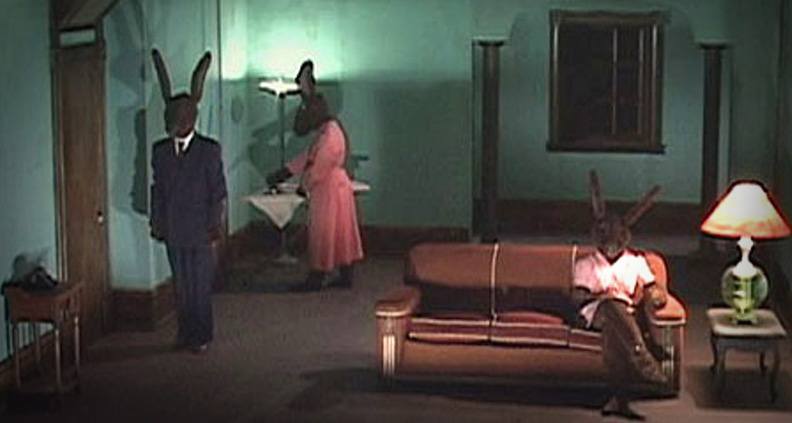
One of Lynch’s finest non-feature film projects because of its striking imagery, “Rabbits” is a sitcom starring three, smartly dressed, humanoid rabbits in a green living room. The three bunnies say non-sequitur, cryptic phrases while a random laugh track plays in the background. In some episodes the rabbits recite weird, edgy poetry.
Another David Lynch series, each episode is 40 minutes and close enough to be a short film, so we’ll put this one on here too! “Rabbits” was featured in parts of David Lynch’s 2006 surrealist epic, “Inland Empire,” and it’s actually a standalone thing too. The rabbits are named Jack, Jane, and Suzie, played by Scott Coffey, Laura Elena Harring, and Naomi Watts.
A sitcom like all other sitcoms, “Rabbits” follows a group of main characters that sit and walk into rooms, talking about random stuff as the audience laughs. But it’s also a Lynchian sitcom, so stay tuned for some small surprises spicing it up.
8. Six Men Getting Sick (Six Times) (1967)
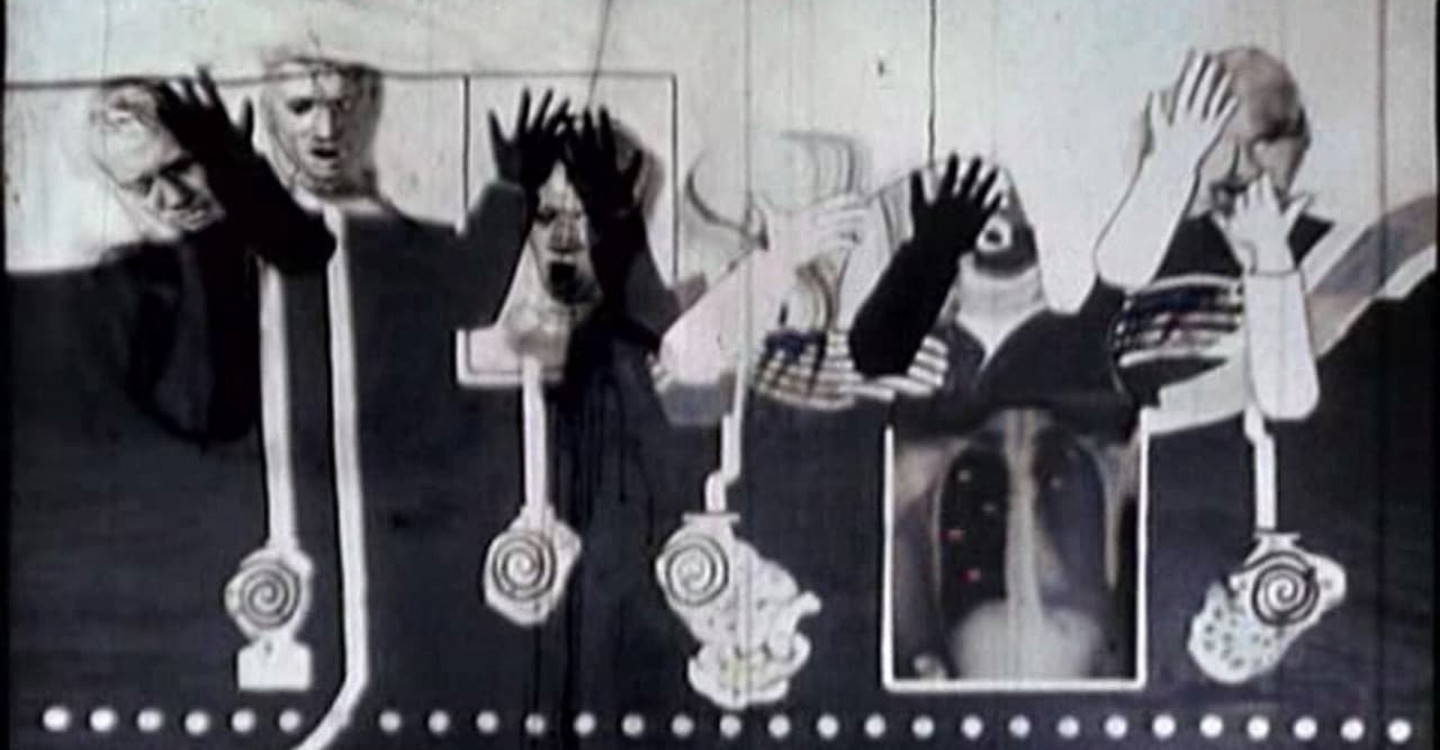
The title is pretty self explanatory. This 4-minute stop-motion animated short consists of six figures vomiting six times as a looped siren whines in the distance.
“Six Men Getting Sick” is on this list because it’s David Lynch’s first movie, period. It also marks his first collaboration with a passionate young man who would grow to become Jack Fisk, one of production design’s greatest artists. When David Lynch had the experience of hearing a wind while painting, his desire to see a painting move with sound gave us this first film. The world is all the better for it!
9. What Did Jack Do? (2017)
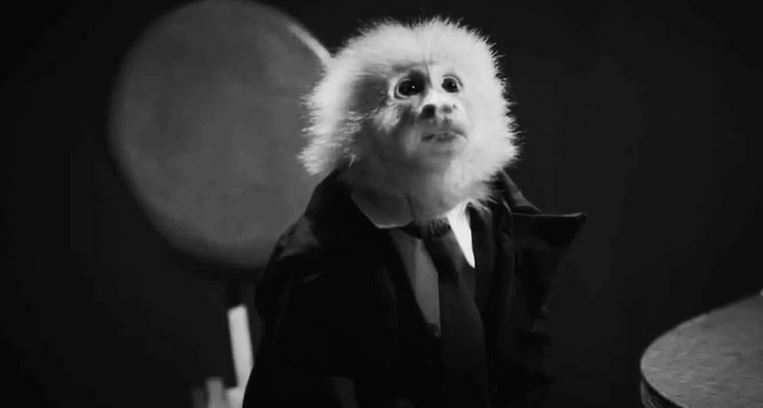
What did Jack do? I don’t know, but detective David Lynch might! “What Did Jack Do?” is one of the most humorous and ridiculous pieces of media Netflix released in 2020. David Lynch interrogates Jack Cruz, a talking monkey, in a train station straight out of “Eraserhead.” The result is an absurdist, nonsensical exchange in dialogue, and a wonderful musical number performed by Jack. There’s just something about this singing monkey that sticks in your mind.
“What Did Jack Do?” is extremely uplifting in these trying times, highlighting a beautiful inter-special relationship. Behind the scenes, David Lynch and Jack are definitely smashing! When Jack gets pregnant with Lynch’s babies we’ll definitely cover it on Taste of Cinema!
10. The Cowboy and the Frenchman (1987)
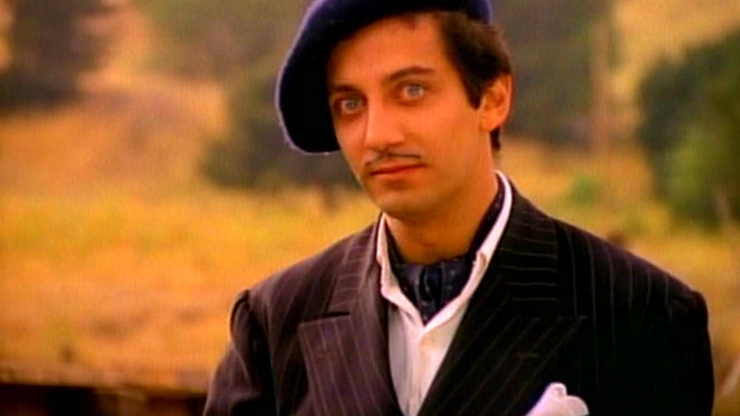
In the Wild, Wild, West, Slim, a deaf cowboy (Harry Dean Stanton) and his friends Pete (Jack Nance) and Dusty (Tracey Walter) spot a strange, suited figure in the picturesque distance, whom they lasso and capture. In a heated interrogation, the boys whittle down their options- the suited man must be an alien spy! In a silly twist of dramatic irony, the audience realizes this stranger is no extraterrestrial- he is a smartly dressed, wine and baguette loving Frenchman!
After the twisty and harrowing “Blue Velvet,” David Lynch decided to go on the comedic side of things by producing a film for a French network trying to get a global perception of France. Ala: the French seen by… David Lynch! “The Cowboy and the Frenchman” is a ray of absurdist bliss shining brightly in his often dark catalog. The slapstick, silly humor used here eventually found itself a home in portions of “Twin Peaks.” Here Lynch pokes fun at the absurdity of judgement by serving us with exaggerated, stereotypical caricatures, who upon first meeting fail to understand and communicate with one another.
“The Cowboy and the Frenchman” also creates many more first appearances of what would define Lynch’s later filmography, marking his first collaboration with Harry Dean Stanton and Michael Horse, along with an early incarnation of Lynch’s cowboy archetype, a recurring symbol later found in “Mulholland Dr.”
11. Blue Green (2007)
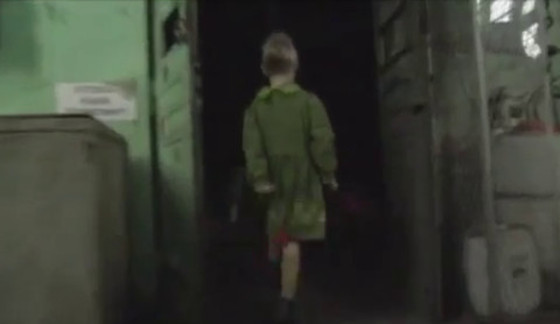
A blurred child dressed in cartoonish apparel skips across a factory floor. A hazy woman wanders down a ruined staircase. The man with elevated hair clutches a camera.
The images Lynch created here are haunting. “Blue Green” was an experiment Lynch made when visiting abandoned factories in Poland and photographing industrial landscapes while working on an early incarnation of “Inland Empire.” Imagine all the forgotten buildings out there, full of treasures within, just waiting, demanding to be filmed.
12. Sailing with Bushnell Keeler (1967)
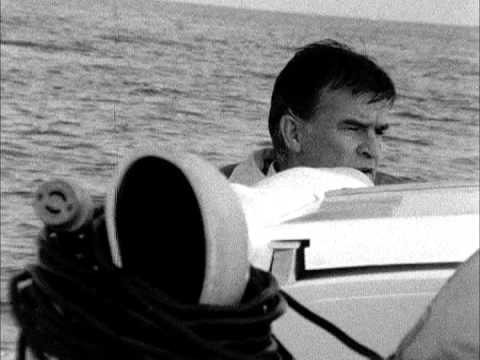
“Sailing with Bushnell Keeler” is a repurposed home movie that documents Lynch sailing with a mentor in his life, Bushnell Keeler. For a hardcore Lynch junkie, this is a must watch. Here we see raw footage of Bushnell Keeler and his brother Dave Keeler sailing on a bright day in Chesapeake Bay, and a cute, young, and slightly chubby David Lynch smiling on the boat too. Bushnell Keeler (the father of Lynch’s next door neighbor and childhood friend Toby Keeler) introduced David to painting as a career, becoming an encouraging mentor in David’s life.
Without Bushnell, Lynch would never have been our favorite pop surrealist. The character “Bushnell Mullins” in “Twin Peaks: The Return,” is possibly named after Lynch’s painter mentor. After all, Bushnell was the only one who understood and valued Dougie Jones’s childish scribbles. And maybe that’s what a lot of these bite-sized Lynch pieces are- scribbles. But scribbles lead to catching an idea. Scribbles are like ripples in water, going deeper and deeper. They lead to the big fish.
“The beautiful thing is that when you catch one fish that you love, even if it’s a little fish, a fragment of an idea, that fish will draw in other fish, and they’ll hook onto it. Then you’re on your way. Soon there are more and more and more fragments, and the whole thing emerges. But it starts with desire.” – David Lynch